More than 3,000 fruits naturally grow in the tropical band that spans Asia, Africa and the Americas. Until recently, however, few were available outside their native regions. Many highly perishable species from Asia and South America now are grown in Central America and Florida, while advances in shipping methods mean they arrive fresh. Here’s a look at some of the tropical fruits becoming increasingly available in produce aisles in the United States, as well as how to enjoy them.
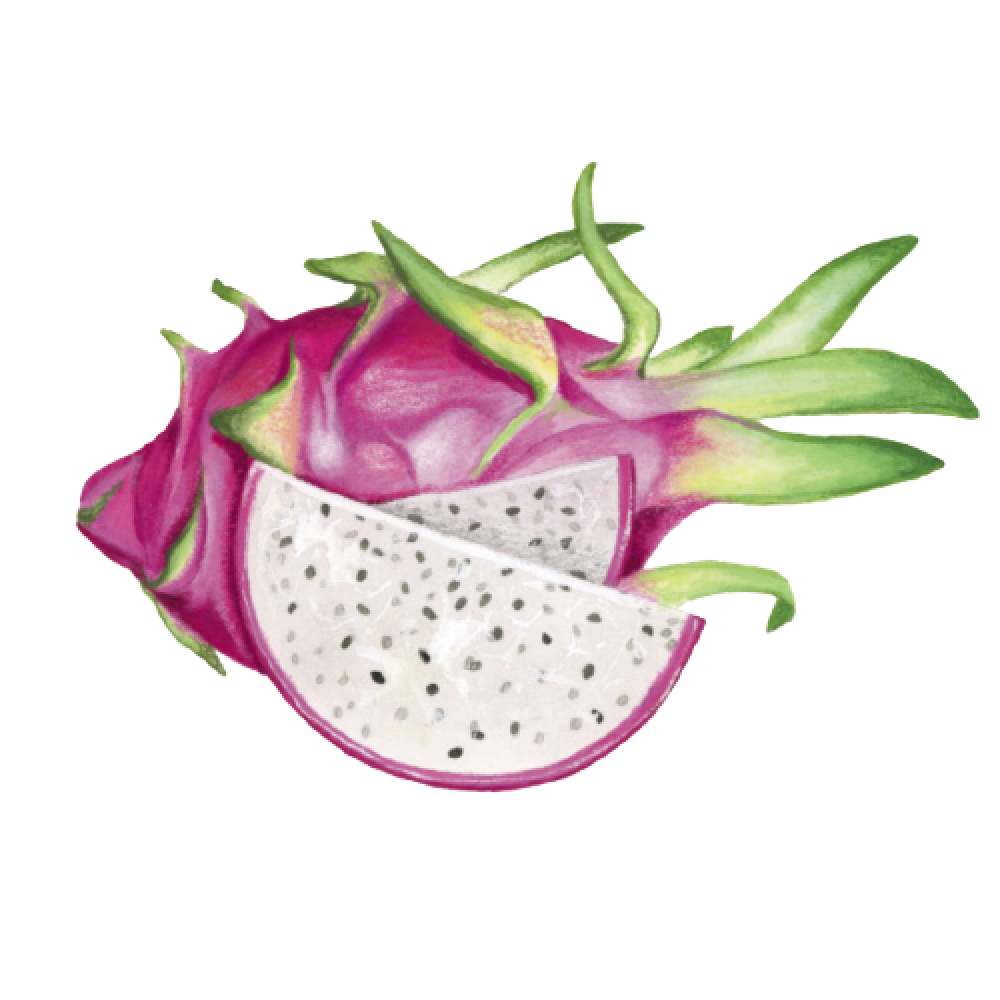
DRAGON FRUIT
Of the three main varieties of dragon fruit, the most common has a white pulp dotted with edible black seeds. The texture and flavor are reminiscent of kiwi mixed with pear and watermelon. It’s called pitaya, or pitahaya, in its native Central and South America, where it grows on a climbing cactus. Slice it or cut into quarters, then peel off the skin. When shopping, look for even-colored skin that gives slightly when pressed. If it’s not sweet or tastes bland, the fruit was picked too early.
MANGOSTEEN
Mangosteens can be confused for passionfruit, given their similar shape and purple color, but they differ in featuring five or six woody nodules on top. The nodes equal the number of sweet, white segments inside, which have a floral, banana-peach flavor and mild acidity. Mangosteens are grown throughout tropical parts of Asia, but also are popular in the Caribbean. Open it by scoring the skin with a knife around the middle, then peel.
Be careful with the purple juice; it will stain
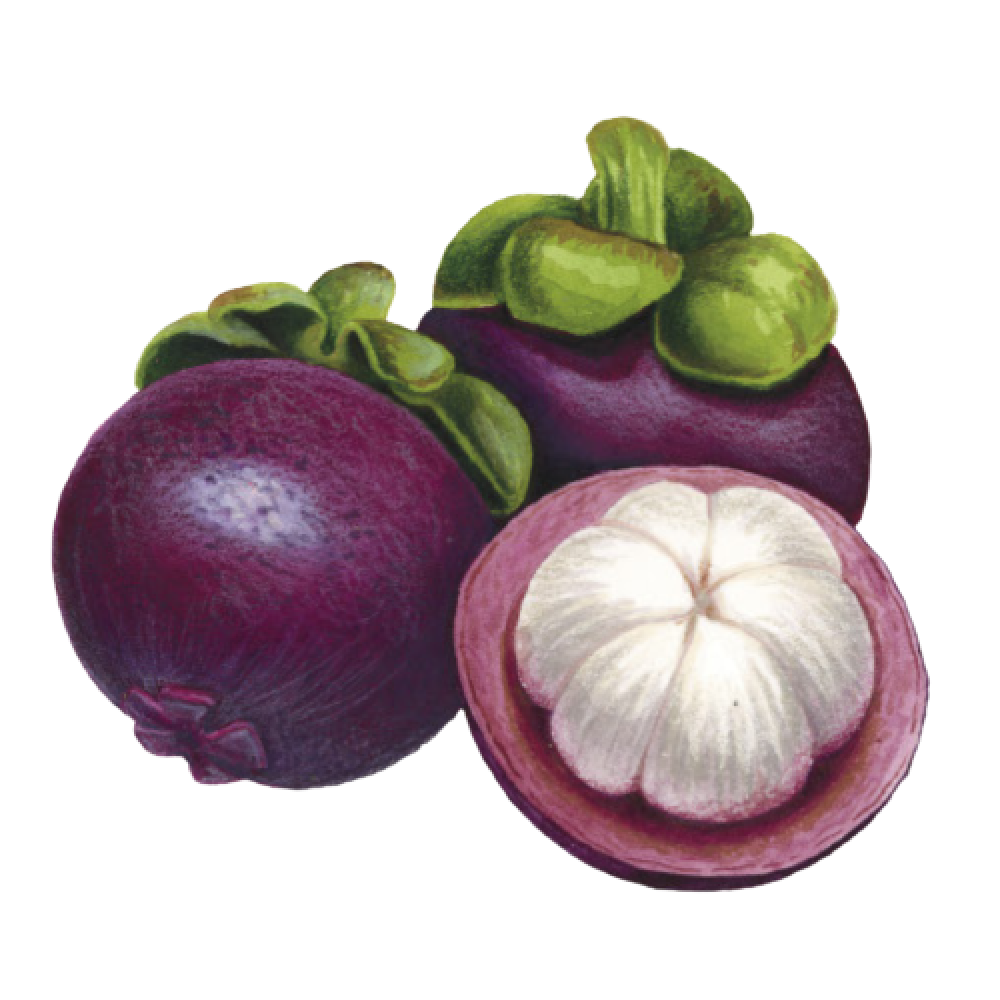
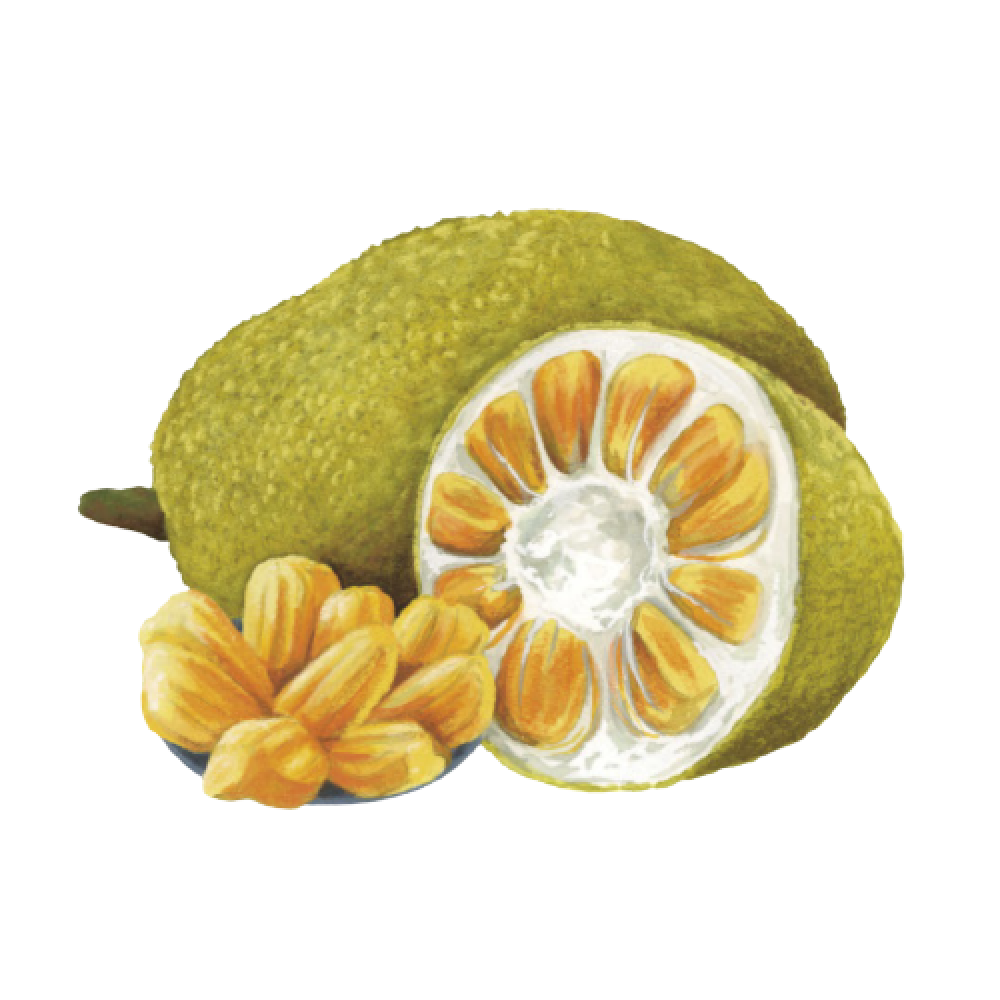
JACKFRUIT
Weighing up to 40 pounds, jackfruit is the largest tree fruit in the world. Its thick, bumpy peel hides meaty chunks of yellow flesh that varies from savory when unripe to quite sweet and banana-like when fully ripe. Underripe jackfruit, which is mostly sold in cans in the U.S., has become a common meat substitute. Shredded and stewed with tomato paste, spices and a little brown sugar, it makes a decent facsimile of pulled pork.
RAMBUTAN
Native to Malaysia—“rambut“ in Malay means hair—this furry, anemone-looking relative of the lychee has soft spines and a cream-colored, slightly chewy white center. Peel the skin apart with your fingernails like an orange to pop out flesh that tastes similar to lychee, but more tart and with subtle strawberry and grape aromas. They’re usually eaten fresh, but many cultures add them as a sweet element to balance a spicy curry. The pit looks like an almond but isn’t edible.
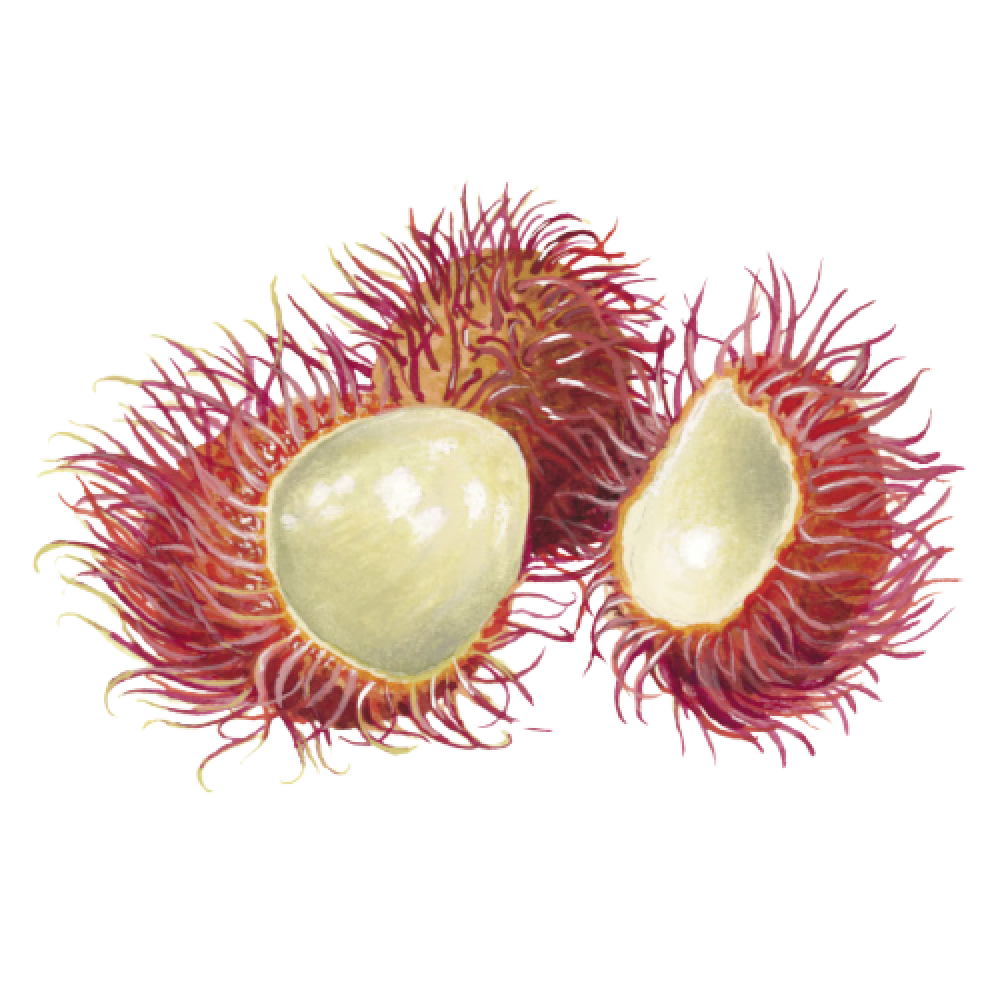
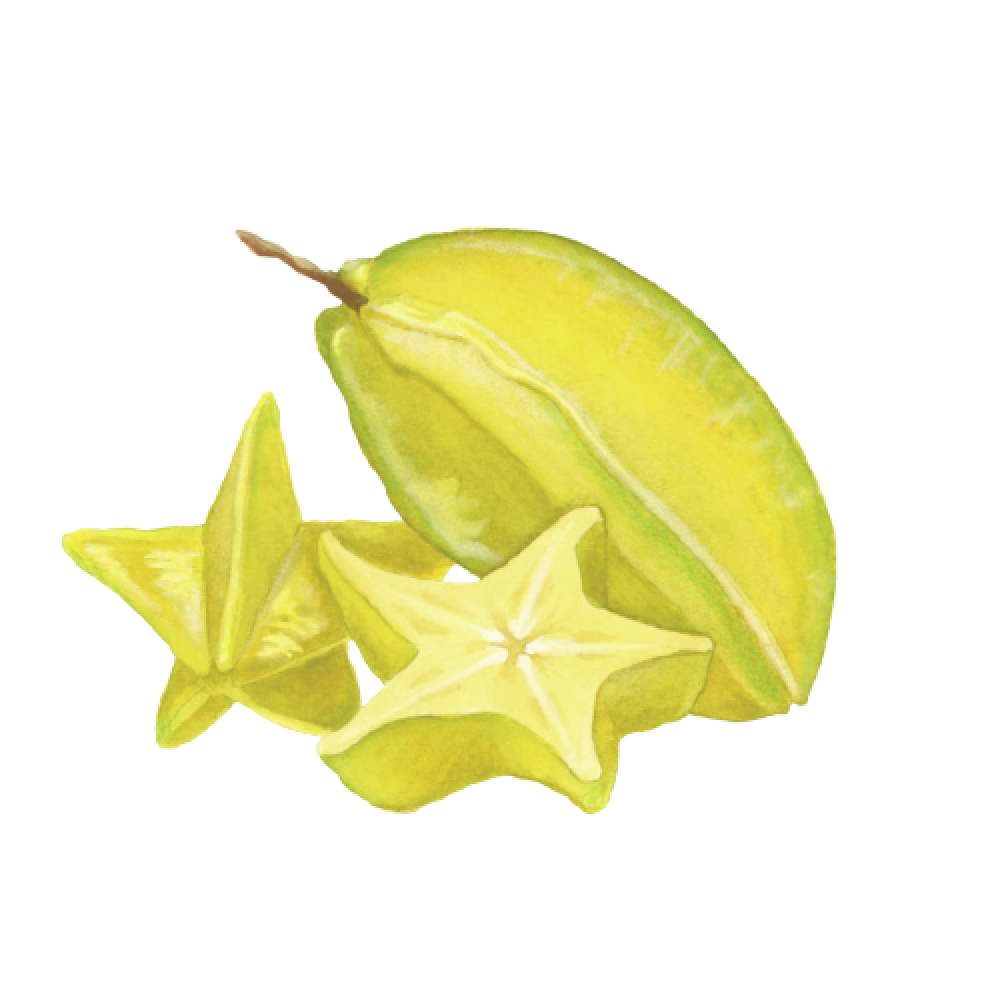
STAR FRUIT
Also called carambola, this elongated 5-inch fruit usually has five ridges; slice it crosswise and the English name becomes clear. The juicy, crisp flesh has a floral-fruity aroma and a sweet-tart combination of lemon, plum and pineapple flavors. Its thin, waxy skin is edible, as are the seeds. Native to Southeast Asia, carambola trees have leaves that fold at night and open to the sun.







